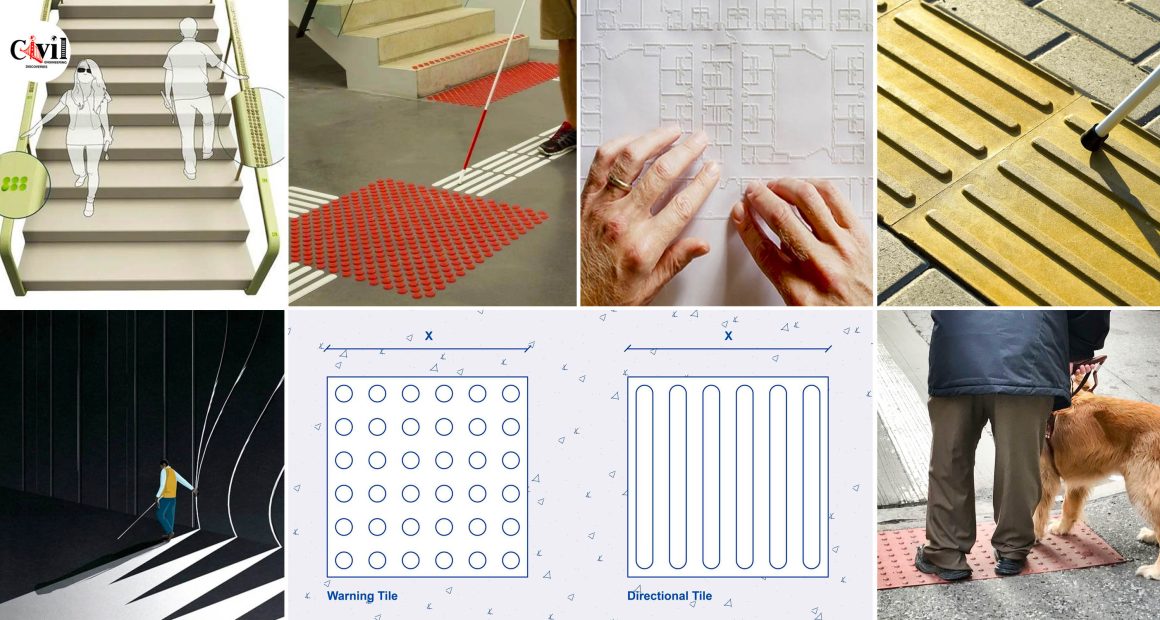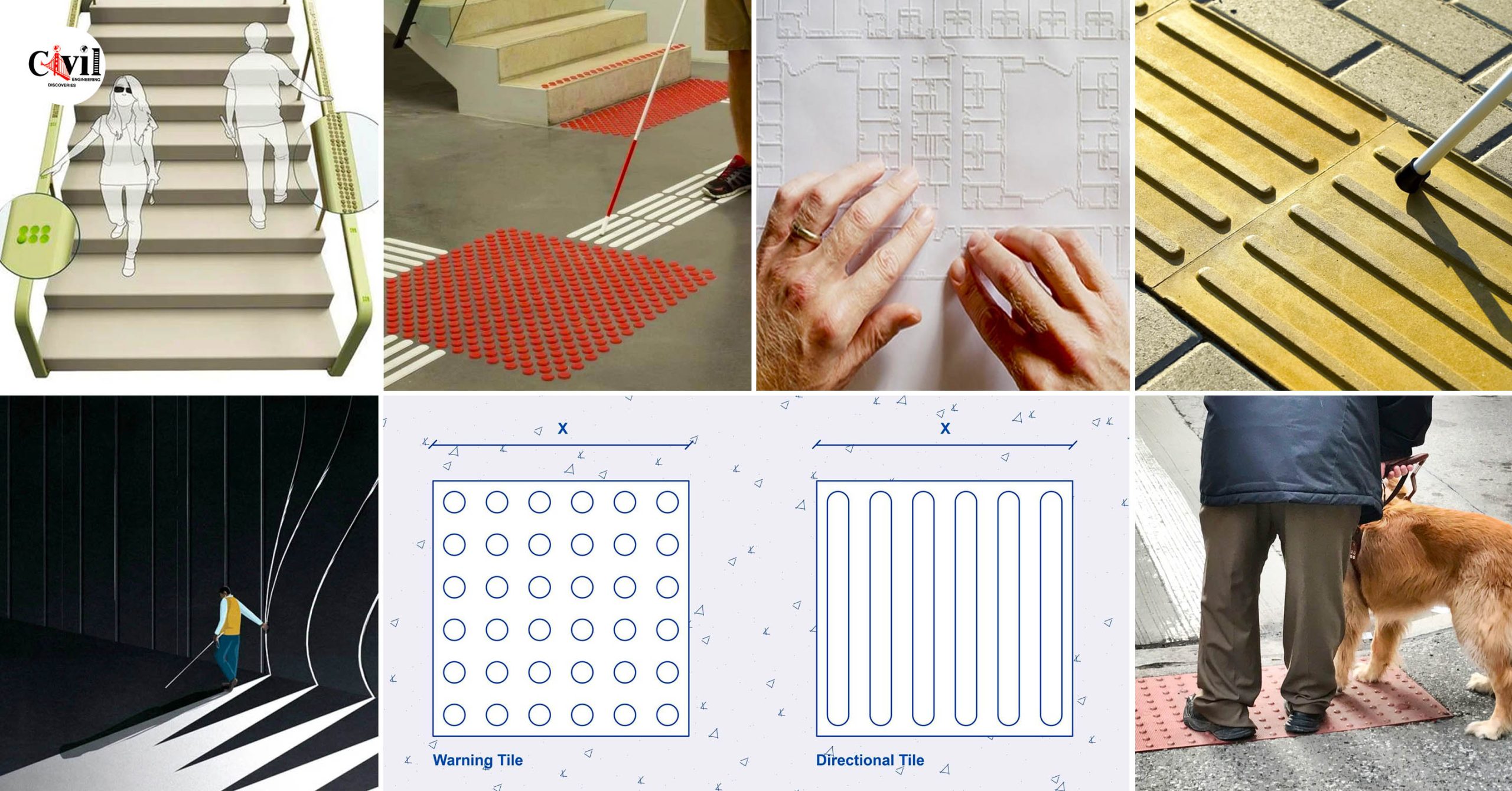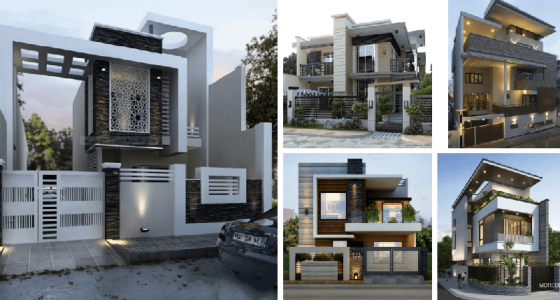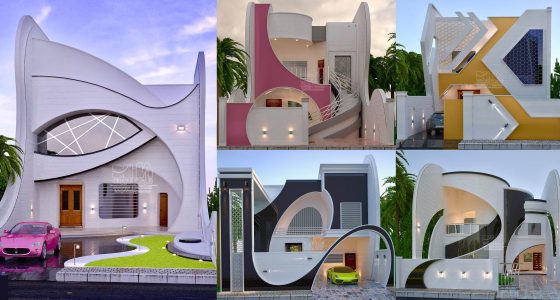Architecture plays a crucial role in supporting the daily lives of blind individuals, ensuring their safety, independence, and comfort. Let’s explore some intelligent and inclusive architectural approaches that cater to the needs of the visually impaired
Focus on acoustics and materials: Architects can design spaces that use sound and texture to provide information about the environment. For example, different flooring materials can signal changes in areas, and strategically placed water features or wind chimes can create auditory landmarks.
Maximizing natural light: Even people with limited vision can benefit from ample natural light. This can improve visibility and overall sense of space.
Tactile cues: Braille signage, handrails with contrasting textures, and raised floor surfaces at crosswalks are all examples of tactile cues that can help blind people navigate a space.
Considering some residual vision: Not all blind people have a complete absence of sight. Some may perceive light or shapes. Maximizing natural light and using high-contrast colors can be beneficial for those with some residual vision.
Architecture plays a critical role in supporting the daily lives of blind individuals by providing accessible and inclusive environments that promote independence, safety, and navigation. Through thoughtful design and incorporation of various sensory cues, architects create spaces that empower blind individuals to fully participate in society.
Click Here To See The Comprehensive Architectural Guide To Spiral Staircase Design










































